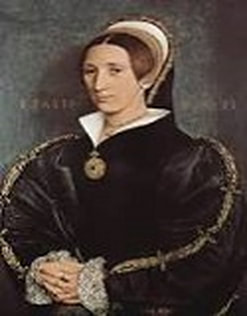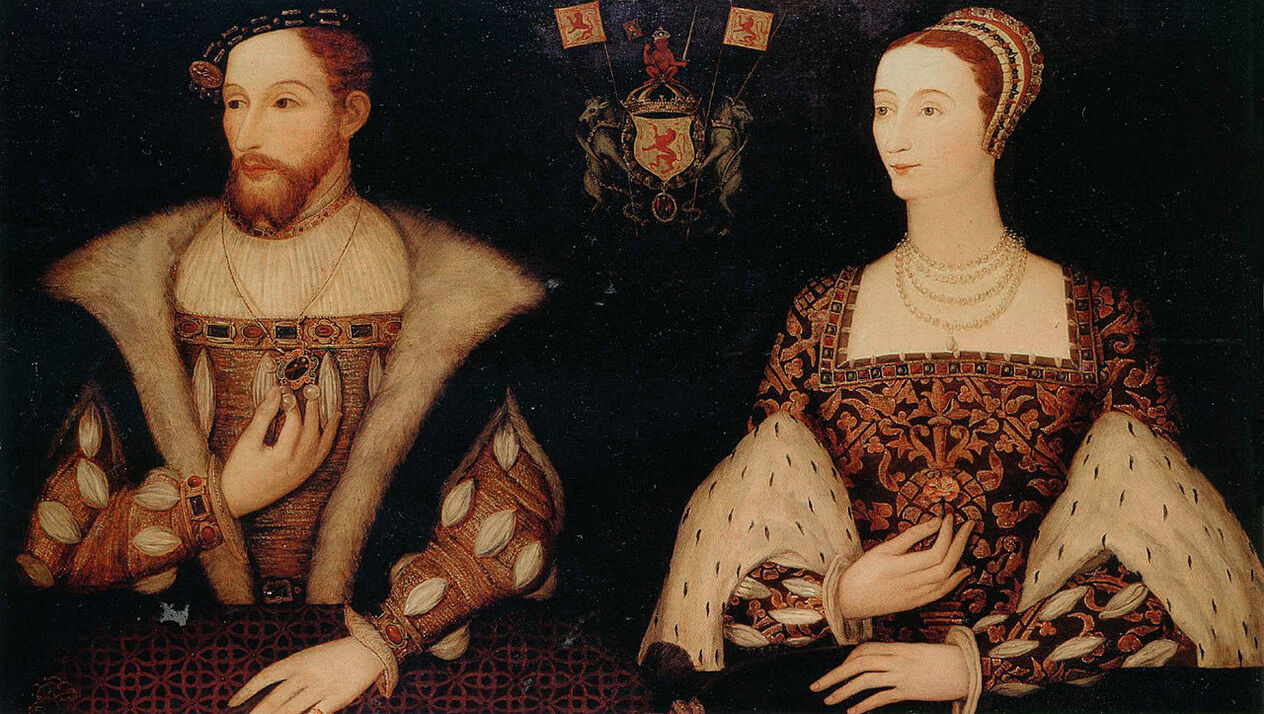Henry VIII, the Reign
Part Forty - Three
Privy Council, Culpeper, Progress and Execution
Privy Council, Culpeper, Progress and Execution
 Katherine Howard
Katherine Howard
|
 John Dudley
John Dudley
 James and Mary
James and Mary
|
Henry VIII, the Reign.
|
Henry VIII, the Reign.
|